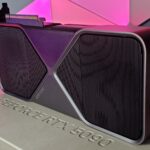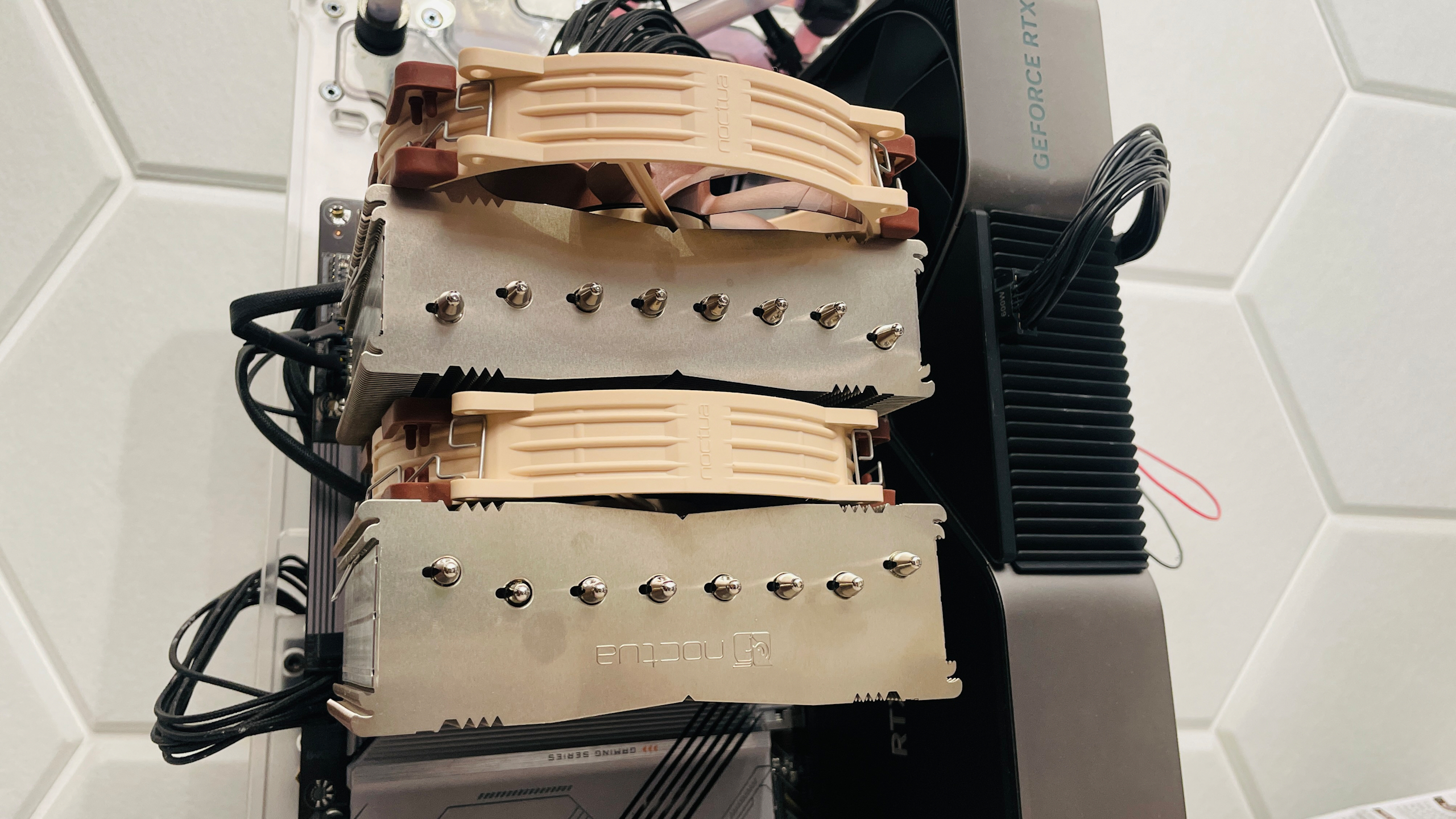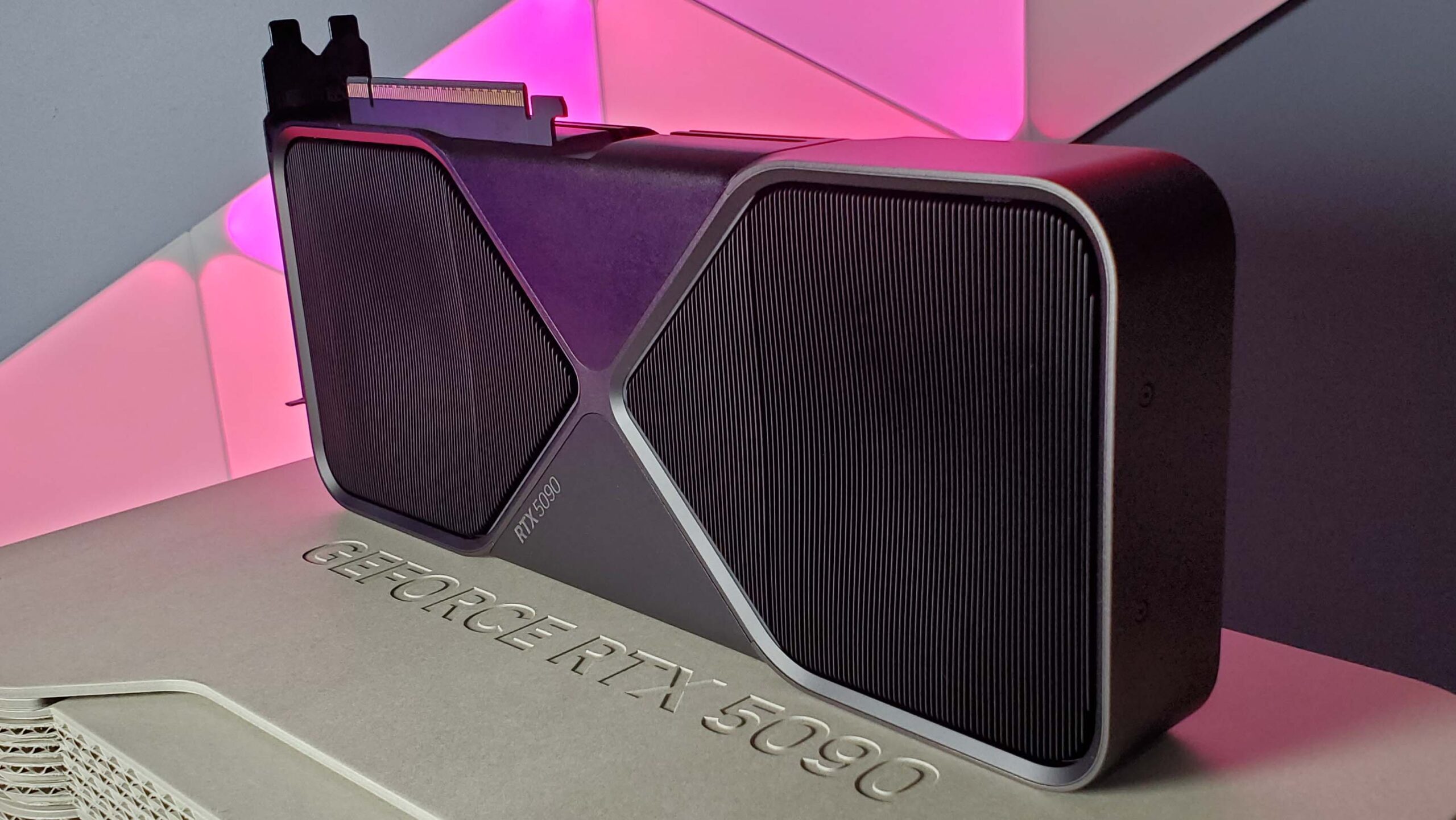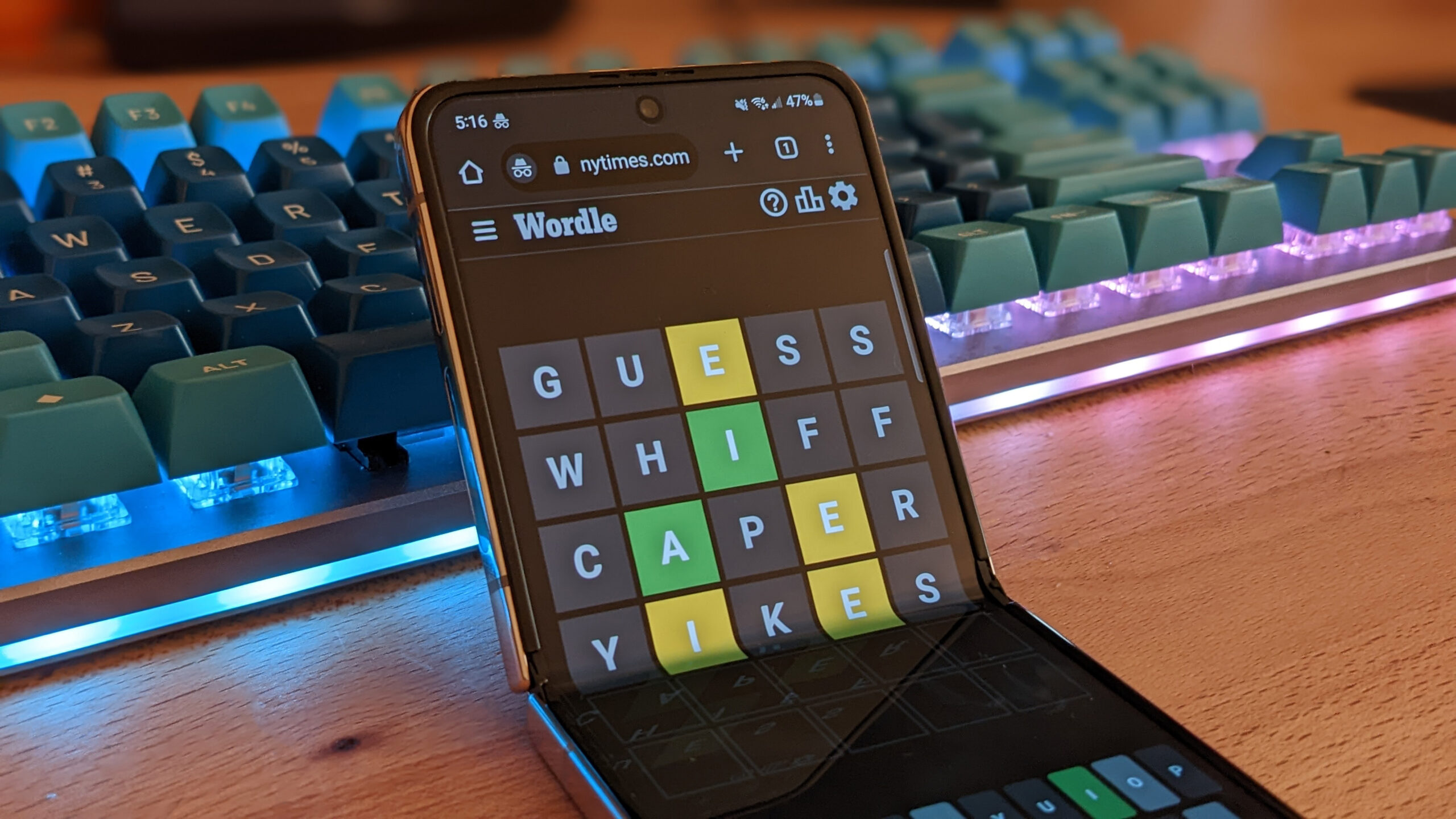Noctua needs no introduction when it comes to air coolers with several of the best-reviewed models to its name that pack some of the biggest punches when it comes to air cooling. Amongst its range of the biggest and most powerful coolers in it lineup, the NH-D15 has long been regarded as one the best premium large coolers on the market. The NH-D15 G2 is a long-awaited successor, but while it might look similar, this cooler sports a variety of significant tweaks that Noctua claims make it perform better while producing less noise and with smaller dimensions.
With a massive 168 mm-tall dual heatsink stack and dual 140 mm fans that top out at just 1,500 rpm, the NH-D15 G2 is designed for one thing, which is to bring the best that air cooling has to offer for as little noise as possible. That makes sense seeing as at $150, it’s competing directly with large 360 mm AIO liquid coolers.
There’s also a strong case for opting for cheaper air coolers too, many of which have similar size heatsinks and dual fans while costing less than half the price. If you want to dial down the noise even further then Noctua includes speed reduction cables if you’re prepared to take a small hit in cooling, with zero need to fiddle with your motherboard’s own control.
So what makes Noctua think the NH-D15 G2 is worth its asking price?
Well, there’s a lot of R&D that’s gone into making this the king of coolers for modern CPUs. For starters Noctua has worked out that having two fans mounted in close proximity on a cooler and spinning at the same speed can actually cause unwanted noise and vibration as the two interact. Ever wondered what that random, intermittent vibration from your PC is that comes and goes? If you were using a dual fan cooler in a push-pull configuration, this could be the reason.
To solve this problem, the NH-D15 G2’s fans spin at slightly different speeds.
The heatsink stacks have been optimised according the performance of the fans too, which have an improved pressure to airflow curve. This has allowed Noctua to reduce the fin clearance from 1.9mm to 1.6mm and include 23 extra fins compared to the original model, with the added benefit of making the heatsink nearly a centimetre less deep, but offering even better performance. The most important change, though, is that the NH-D15 G2 comes in three variants, all with slightly different shaped cold plates. This is to cater for the wide variation in convexity between modern CPUs.
For example, the high socket and cooler pressure applied to Intel LGA1700 CPUs can cause them to bend in the socket and over time came become permanently misshapen. With a combination of washers to reduce heatsink pressure on the CPU heatspreader and machining the cold plate of each variant to different amounts of convexity, you can buy the cooler that’s best-suited to your particular CPU.
For example, the high base convexity or HBC model caters for used Intel LGA1700 CPUs where a shaped base will allow for better contact and in term better cooling. By contrast, AMD Ryzen 7000 and 9000 CPUs remain relatively flat, so the low base convexity (LBC) model will result in better performance. There’s also a standard model that Noctua claims also works well with AMD CPUs as well as Intel LGA1851 Arrow Lake CPUs as well as LGA1700 CPUs that use a contact frame.
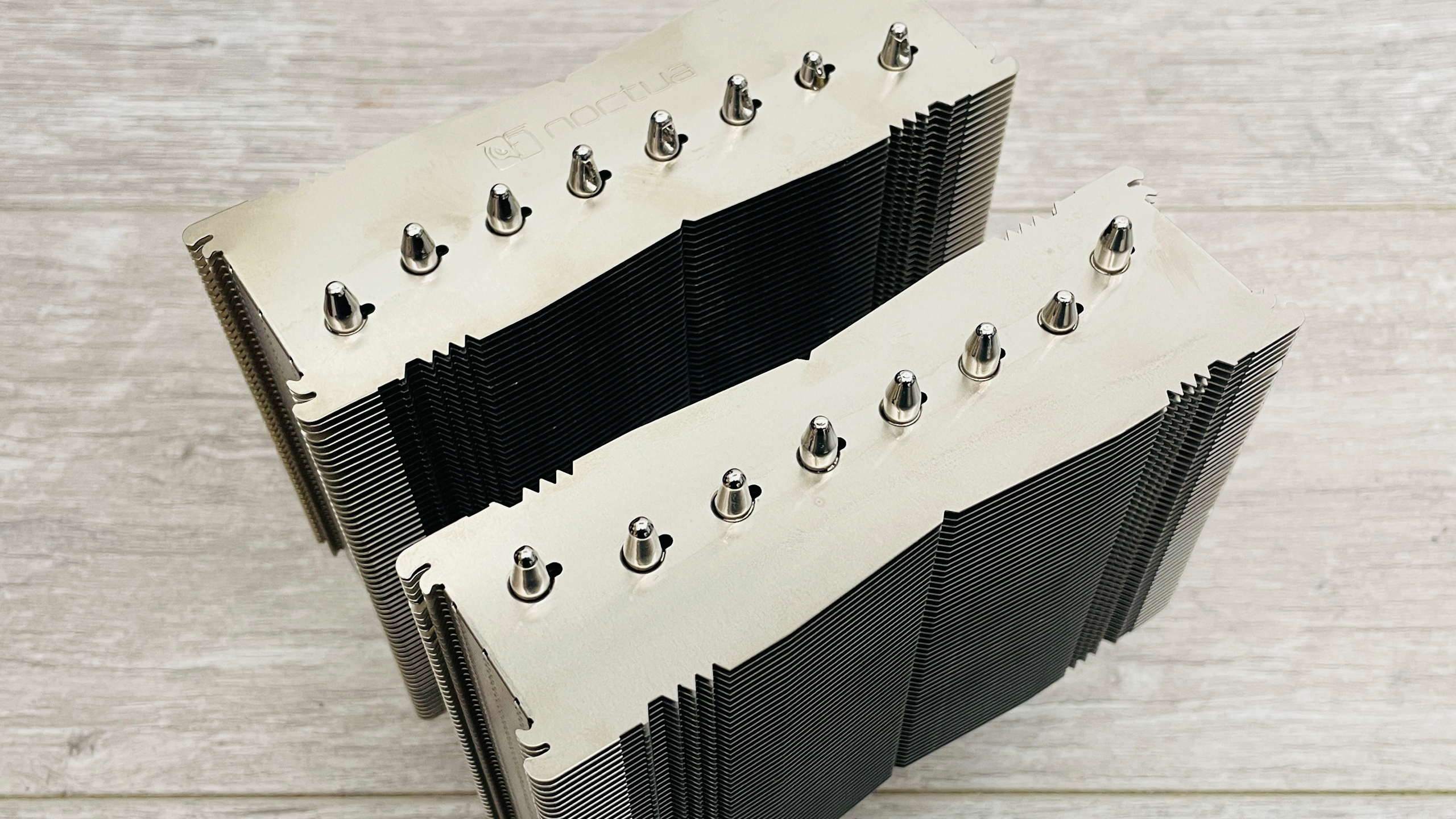
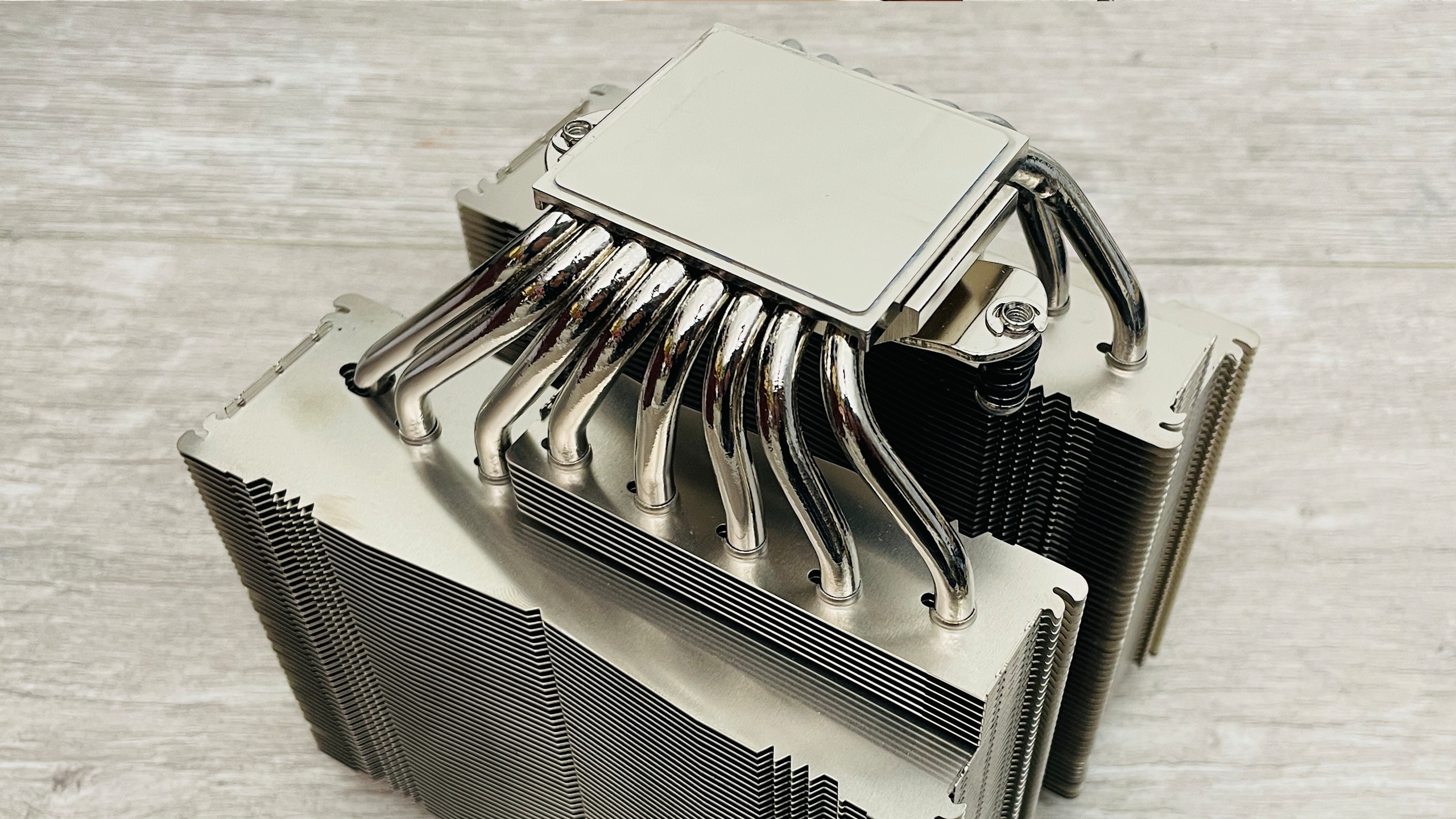
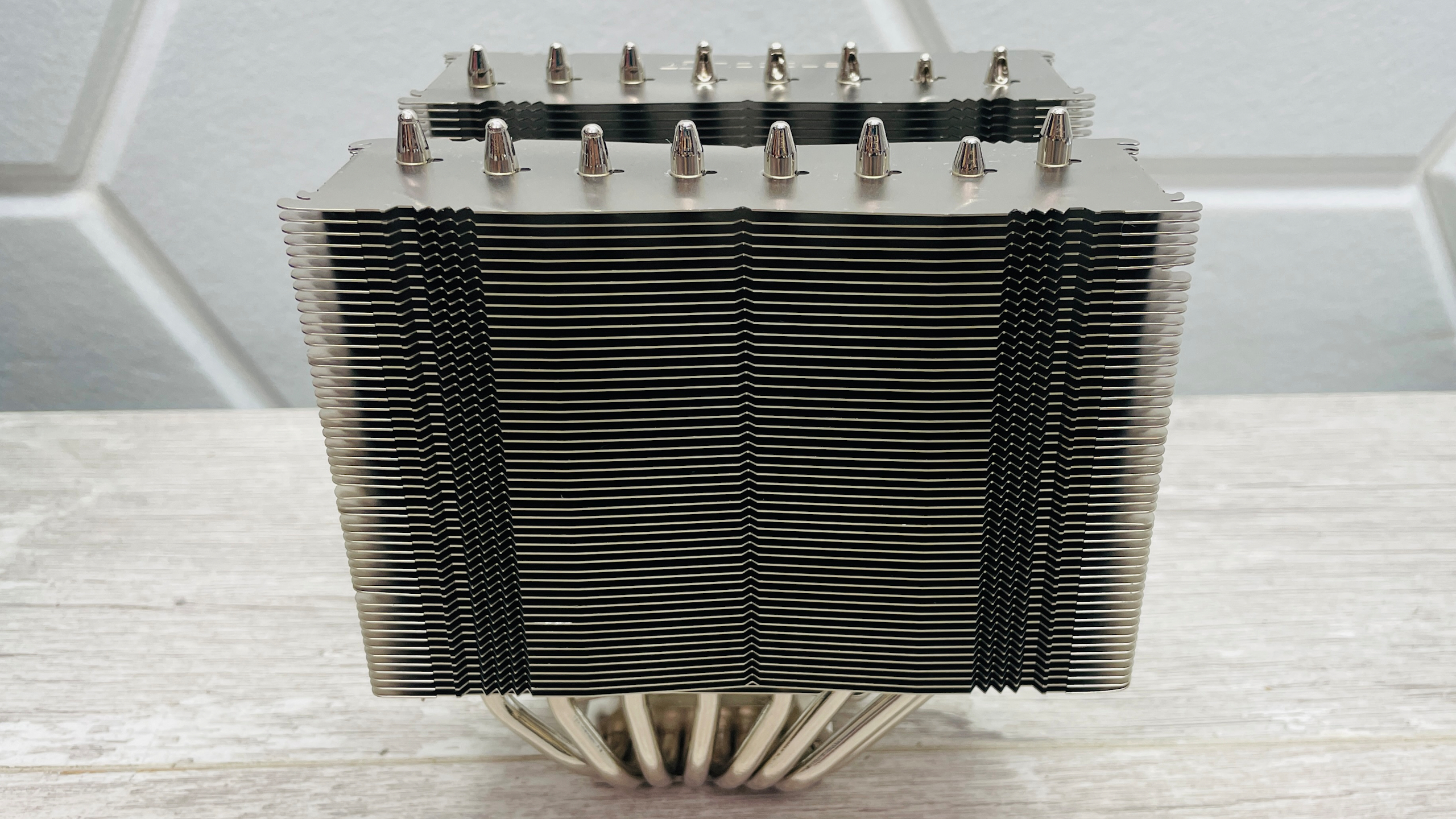
We’ll be looking at the results later, but Noctua has an excellent table on its website that we highly recommend checking out to see which model is best for your CPU. The down side here is whether you swap CPUs in future as it’s not recommended to use an HBC model with AMD CPUs and similarly performance might be worse with an LGA1700 setup with no modifications such as contact frames. In addition to these features, the cooler is equipped with an offset for AMD Ryzen 7000 and 9000 CPUs, which allows the cold plate to sit closer to the hot spot on those models that’s slightly off centre due to the location of the CCDs.
Installation is fairly straightforward, but in addition to requiring a specific screwdriver, the heatsink is heavy and quite ungainly to deal with that can make installing it a challenge. It’s something you’ll only have to do once or twice so we can’t be too harsh here. You’ll need to pay careful attention to the components too as some look similar apart from their colour, but the key is to make sure you get the right model for your particular CPU.
PC Gamer test rig
CPU: Intel Core i7 14700K | Motherboard: Gigabyte B660 Gaming X DDR4 | Memory: Corsair Dominator Platinum DDR4 3466 | SSD: 512GB Samsung 980 Pro | GPU: Nvidia RTX 4090 Founders Edition | PSU: MSI MEG Ai1300P PCIe5 | Case: BarrowCH Rhopilema Test Bench
In our thermal testing it was very clear that both using the NM-ISW1 shim washers to reduce socket pressure or using the HBC version of the cooler definitely improved performance on our Core i7 14700K, with the HBC version usually edging ahead by a few degrees. The best result in Cinebench of 86°C of the HBC was 3°C better than the standard cooler, but that was still 11°C warmer than the Be Quiet! Light loop 360mm with both coolers hitting a peak of 52dBA.
There was another noticeable benefit using the HBC cooler in 3DMark’s Steel Nomad test where the NH-D15 G2’s lowest temperature of 84°C was only 6°C higher than the Be Quiet Light loop 360mm. It was 10°C adrift in the X264 test, with not much difference here between different configurations, but the Metro Exodus test saw the HBC version again edge out a lead and also come within 4°C of matching the 360mm liquid cooler and all but equalled it in returning to idle temperatures too, massively outstripping the smaller single fan Be Quiet! Dark Rock 5.
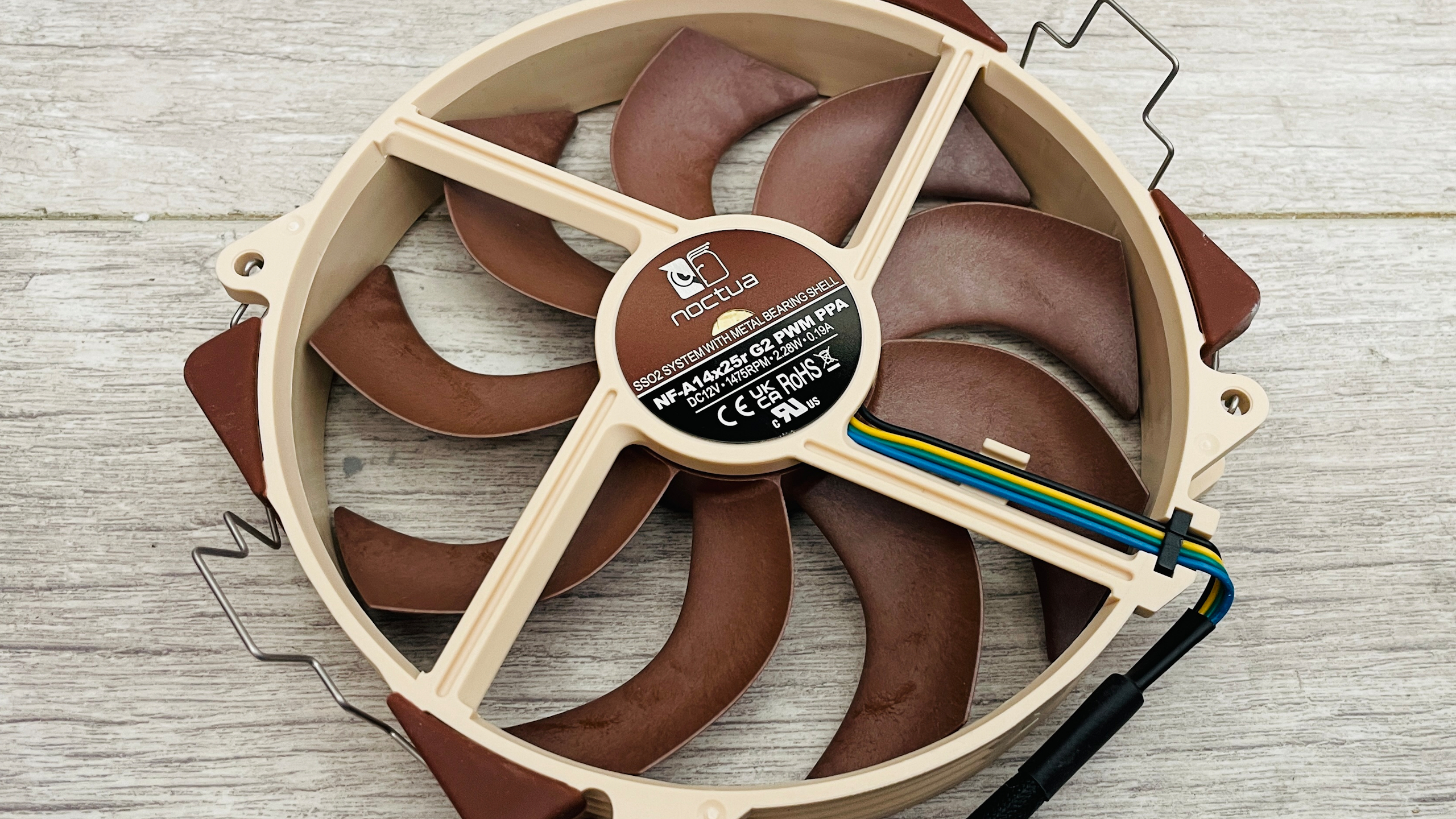

✅ You want great cooling without using liquid cooling
If you prefer to steer clear of AIO liquid coolers and custom watercooling but still want great cooling and low noise levels this is where the Noctua NH-D15 G2 really shines.
✅ You want an air cooler that can handle high-end desktop CPUs
Intel’s LGA1700 CPUs are still very popular, but they generate a lot of heat. The Noctua NH-D15 G2 easily tamed our Core i7 14700K, offering performance that only large AIO liquid coolers can beat.
✅ You want an air cooler that offers low noise levels
Thanks to its large fans and massive cooling headroom, the Noctua NH-D15 G2 will maintain low noise levels more of the time compared to smaller heatsinks that quickly ramp up fan speed under load.
❌ You have a limited budget for a cooler
While it performs excellently, it costs three times as much as other well-regarded dual-fan air coolers and 360 mm AIO liquid coolers can be had for a lot less that perform better too.
❌ Your case has a low CPU cooler height limit
At 168 mm tall, even some ATX cases might struggle to house this massive cooler so it’s worth checking your case’s CPU cooler height limit before you buy.
❌ You plan on switching CPU sockets in future
There are three versions of the Noctua NH-D15 G2 catering for CPUs with various heatspreader convexities. While they’re physically compatible between sockets, the differing cold plate convexity may mean worse performance if you switch CPU sockets.
In games and lightly-threaded tasks the Noctua NH-D15 G2 offers real benefits over smaller air coolers and also keeps up with and even matches large 360 mm liquid coolers too. Even in its warmest results it was never more than 10°C warmer than the Be Quiet Light loop 360mm and was only a few degrees away from matching the Arctic Liquid Freezer III 360 A-RGB while also running rings around smaller air coolers, completely taming the Core i7 14700K.
Its price is eyewatering for sure, but the fact it keeps up with enormous and powerful liquid coolers is impressive as are its maintenance-free credentials and potentially longer life span too. The only issue is that certain variants are CPU-specific and picking the right one can be tricky, especially for Intel owners. However, we can’t argue with the build quality and cooling performance, even if there are far cheaper dual-fan coolers out there.
It was much happier in our game tests, sitting at 83°C in Metro Exodus and 87°C in our 3D Mark Steel Nomad test, but even these were noticeably higher than Noctua’s larger dual-fan NH-D15 G2. Part of the reason for this is undoubtedly airflow.
The cooler was fairly quiet at full speed, hitting 50 dBA on our sound meter, which was 2 dBA quieter than the Noctua cooler, but also shoving far less air through its relatively large heatsink. It also took a long time to return our processor to idle temperatures. Adding a second fan would undoubtedly help it out in all areas.
While it’s hideously expensive, the fact that air coolers such as this one last decades means that it will likely serve you well for many years maintenance-free where liquid coolers won’t. However, with that in mind there are some question marks over future compatibility the differing base convexity does reduce compatibility, especially if you swap from AMD to Intel or vice versa.
The price of $150 is still a lot to spend on an air cooler with limited features so it’s always work checking out cheaper alternatives and never miss out on GPU, CPU or SSD upgrades when something cheaper will be adequate. We can’t argue with the cooling, build quality or packaging, though, with performance on par with some 360 mm liquid coolers.



